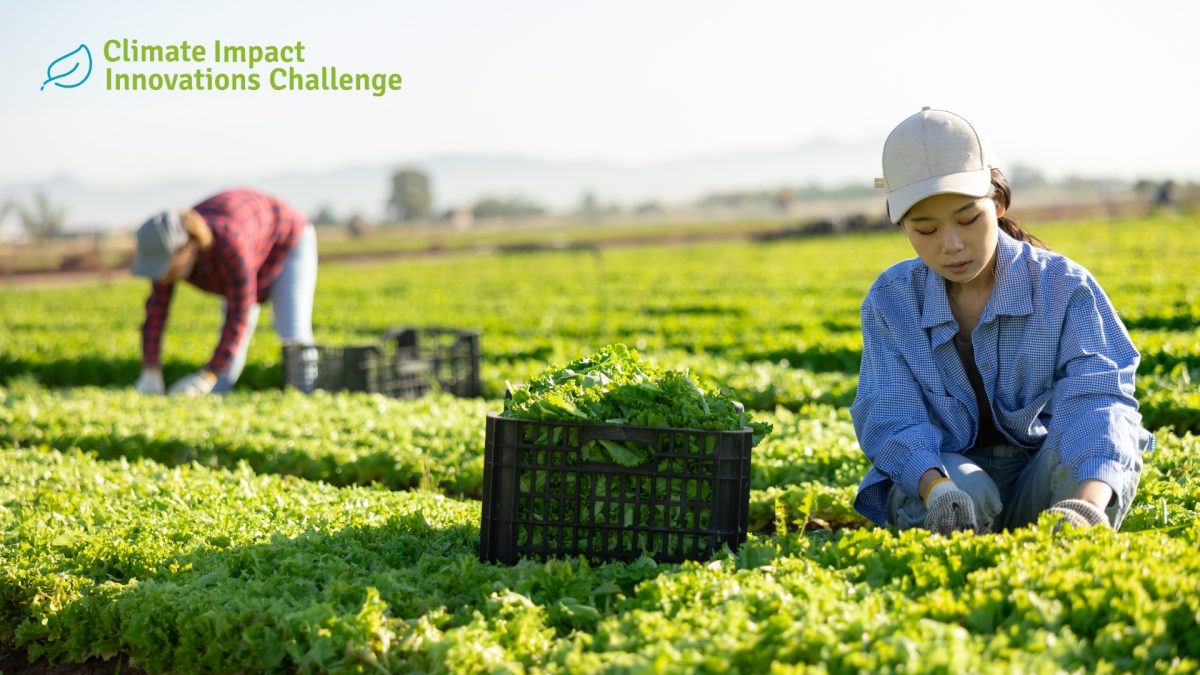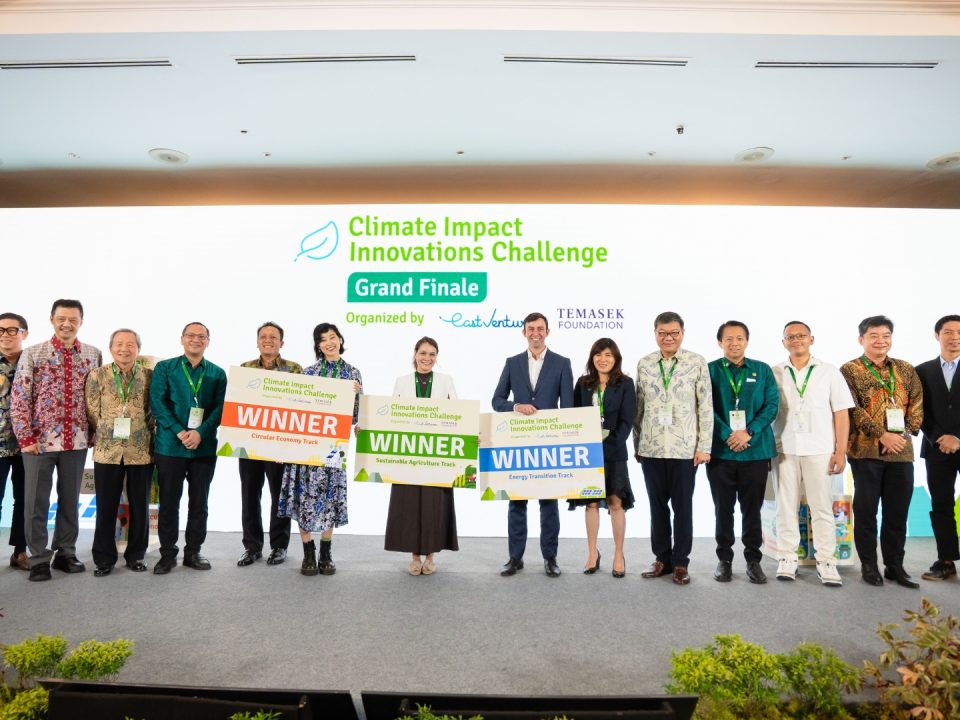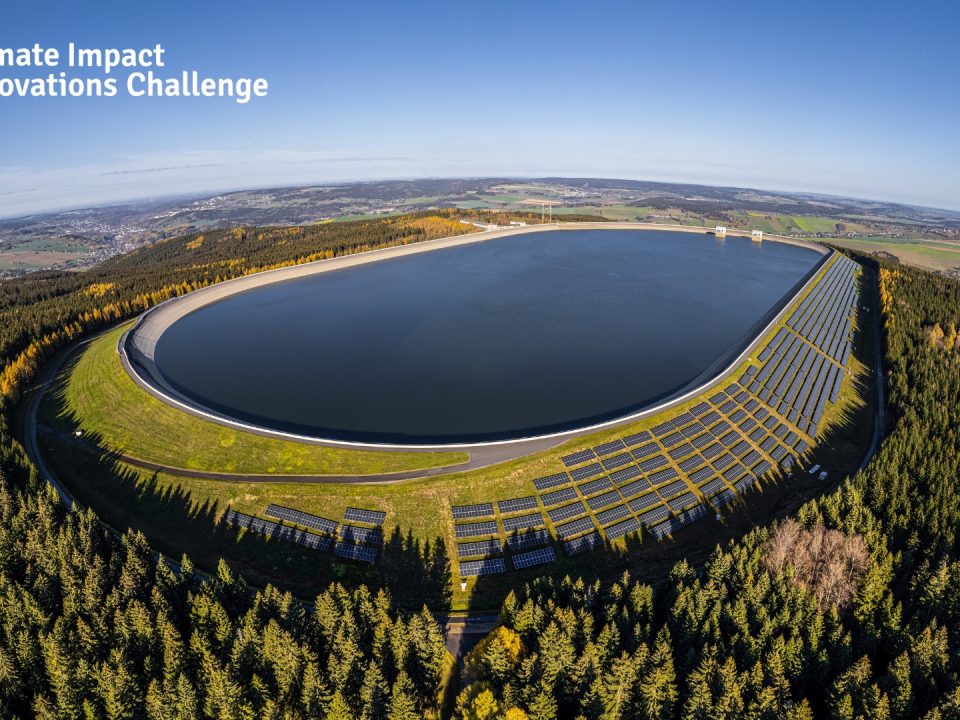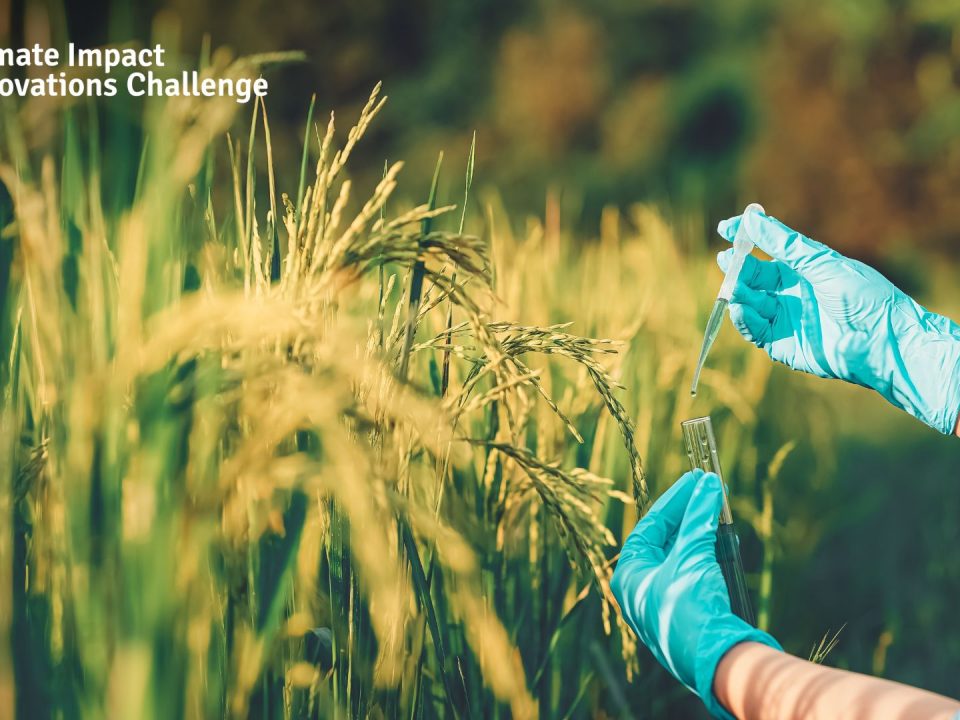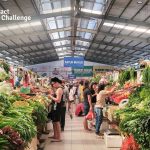
Clean Markets, Bright Energy: The Future of Biogas from Indonesian Traditional Markets
August 5, 2025
Climate Impact Innovations Challenge 2025 announced nine finalists, leading the way to accelerate sustainability in Indonesia and beyond
August 21, 2025Revitalizing Indonesia’s Villages: A Sustainable Agriculture Framework to Counter Youth Outmigration
Written by Siska Damayanty
Climate Vulnerabilities and Urbanization in Rural Areas
From Java’s rice terraces to Sulawesi’s fishing bays, Indonesia is rich in land and sea. Almost 60% of Indonesia's population is currently still in the agricultural sector. Around 40.6% of the labor force in Indonesia still works in the agricultural sector. In addition, 57.8% of the poor in Indonesia are in the agricultural sector. Agro-maritime potential is a social and cultural reality that has been deeply rooted in Indonesian villages. However, neither the government nor existing industries/corporations have been able to accommodate it.
Governments roll out rural programs, but without young energy and new ideas, fields stay fallow. The number of young farmers in the village is decreasing. If this is allowed to happen, there will be a lost generation, and the agricultural workforce in rural areas will be dominated by a layer of farmers over 45 years old who are not productive.
Without younger farmers, new techniques like drone monitoring or precision planting rarely take hold. Production lags, and villages lose their economic pulse.
Many urban youths do not understand or are not interested in learning and exploring agricultural topics because they think farming doesn't offer promising jobs. We found that the climate crisis is the main cause of youth's disinterest in advancing their village.
Erratic rainfall, prolonged droughts, and increasing pest outbreaks have made farming less predictable and more precarious, pushing many to abandon agriculture altogether.
Low Value-added in Rural Areas
Another main cause of youth disinterest is the absence of a holistic agricultural ecosystem. For example, after the Ivory Coast and Ghana, Indonesia ranks as the third biggest producer of cocoa beans worldwide. Unfortunately, the majority of Indonesia's cocoa beans are shipped in raw form to Asian and European countries that can process them into high-quality chocolate, which is then sold back to Indonesia at a higher price (Asheri & Rifin, 2015).
Based on data from the Central Statistics Agency (BPS), imports of Cocoa and its Processed Commodities jumped sharply by 315.8 percent annually in January 2025, to US$140 million. Another example is the lobster sector, where Vietnam has successfully developed a lobster industry that dominates 70% of the global lobster market, with lobster seeds primarily sourced from Indonesia (Ministry of Marine Affairs and Fisheries, 2024). We supply lobster fry but miss out on the global trade.
Raw materials leave, profits don’t return. Villagers remain stuck with low prices for their harvests.
Indonesia Sustainable Agricultural Supply Chain
Private investment in village industries has been perceived as an asymmetric competition for land and labor rather than as a genuine partnership. Replace dusty cooperatives with dynamic networks, farmers pool resources for seeds and equipment, share market intel via WhatsApp groups, and then federate at the district level to negotiate better export deals. Agritech startups join in, offering apps for weather alerts and price forecasts.
To reverse this dynamic, four critical governmental functions must be activated.
First, the state should provide essential infrastructure and disseminate appropriate technologies to enhance productivity. Second, strategic policies and targeted financial support are required to de‐risk private participation and foster equitable collaboration. Third, comprehensive village‐level data must be collected and analyzed to inform evidence‐based decision‐making. Finally, the government must facilitate access to global markets, thereby connecting rural producers to international demand. Small and Medium Enterprises Cooperative platforms or similar marketplaces assume responsibility for product aggregation, quality verification, branding, and marketing.
Indonesia’s postal service can further strengthen rural value chains by offering reliable logistics and distribution services, ensuring timely delivery to end consumers. At the regional level, Local Research and Innovation Agencies in partnership with universities should spearhead research and product innovation, refining quality standards in response to consumer feedback.
The localization of value-added production cuts carbon emissions by shortening supply chains and minimizing transportation footprints. Building village-level processing clusters, backed by renewable energy and supported by smart logistics, serves not only economic revival but also
environmental stewardship.
This village-centered model strengthens climate adaptation while reducing rural poverty. By anchoring value chains in villages, we create ecosystems where youth-led enterprises flourish, crops gain market recognition, and communities build climate-smart resilience. Tech startups, research institutes, and government bodies to pool expertise and resources.
The Climate Impact Innovations Challenge 2025 by East Ventures and Temasek Foundation seeks exactly these game-changing concept solutions, accelerates rural transformation, and contributes to Indonesia’s journey toward equitable, green growth. You can help to protect the environment and provide solutions by joining us to tackle three main issues: Renewable energy, Sustainable Agriculture, and Circular Economy.
Siska Damayanty is a runner-up of the Climate Impact Innovations Challenge 2025 Article Competition.


